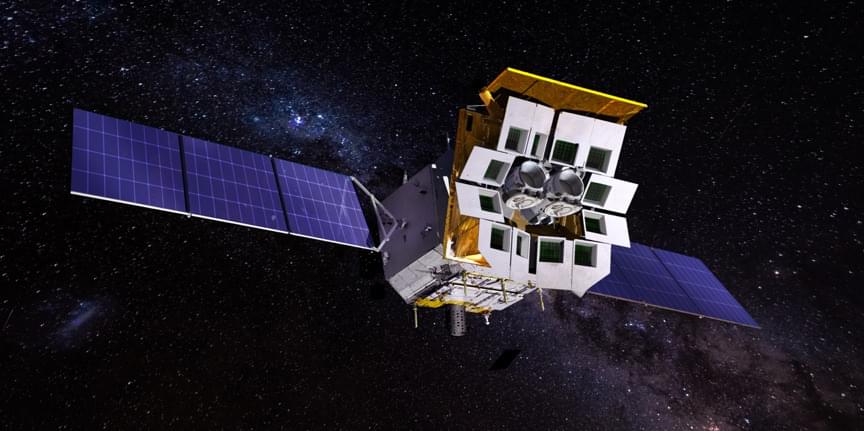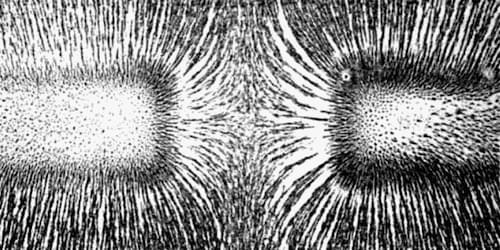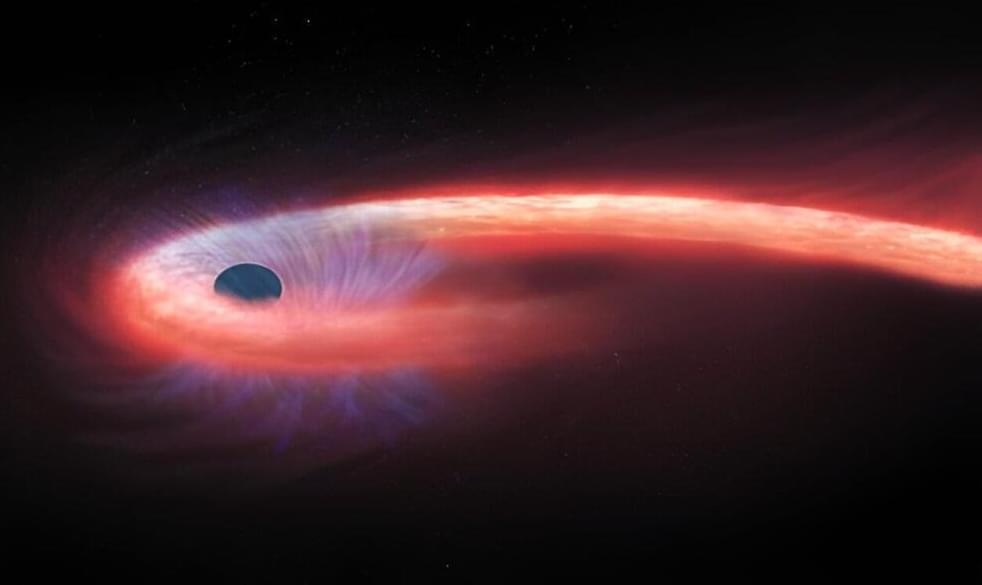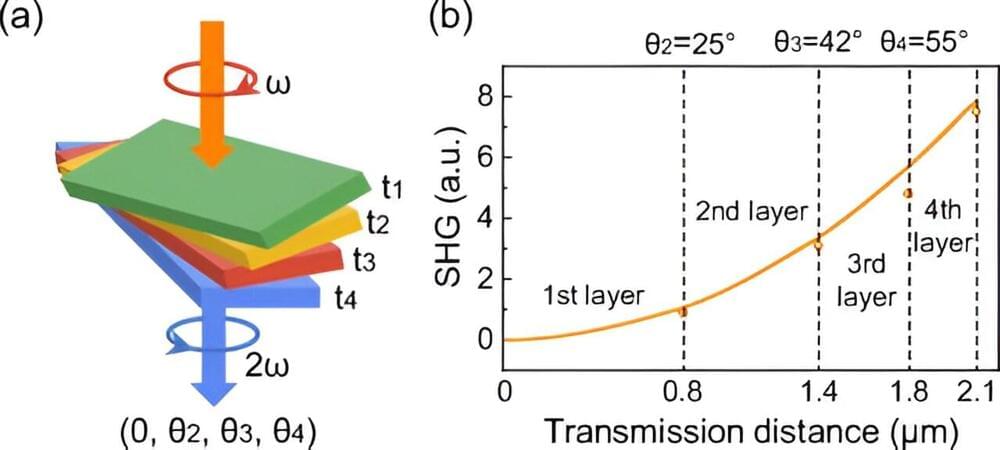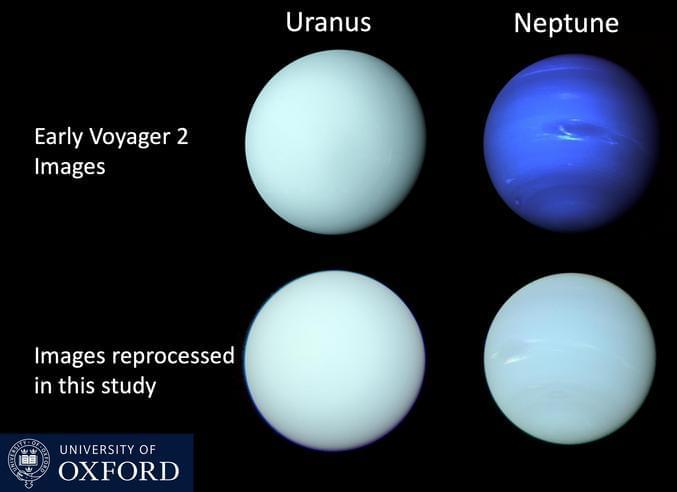Jan 9, 2024
China launches “lobster eye” Einstein Probe to unveil mysteries of X-ray universe
Posted by Saúl Morales Rodriguéz in categories: cosmology, physics
HELSINKI — China launched its Einstein Probe early Tuesday to detect X-ray emissions from violent, fleeting cosmic phenomena using novel lobster eye-inspired optics.
A Long March 2C rocket lifted off from Xichang Satellite Launch Center in southwestern China at 2:03 a.m. (0703 UTC), Jan. 9. The China Aerospace Science and Technology Corp. (CASC) confirmed launch success within the hour.
The Einstein Probe (EP) is part of growing Chinese strategic space science efforts. The spacecraft will spend at least three years observing distant, violent interactions such as tidal disruption events—in which stars are pulled apart by supermassive black holes—supernovae, and detect and localize the high-energy, electromagnetic counterparts to gravitational wave events.
